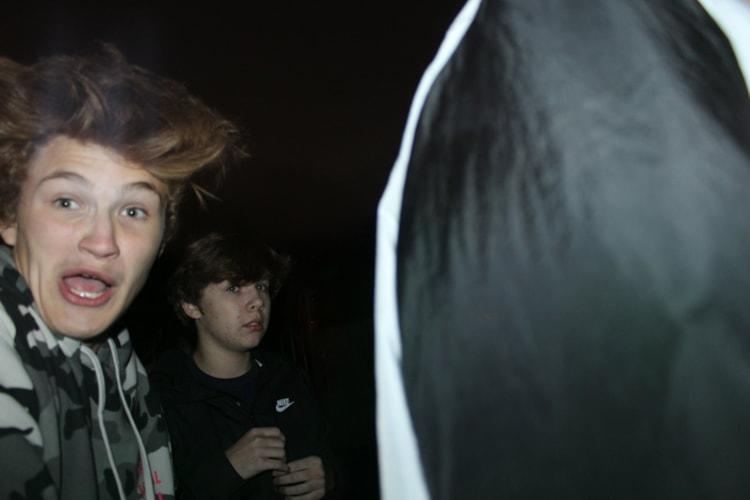
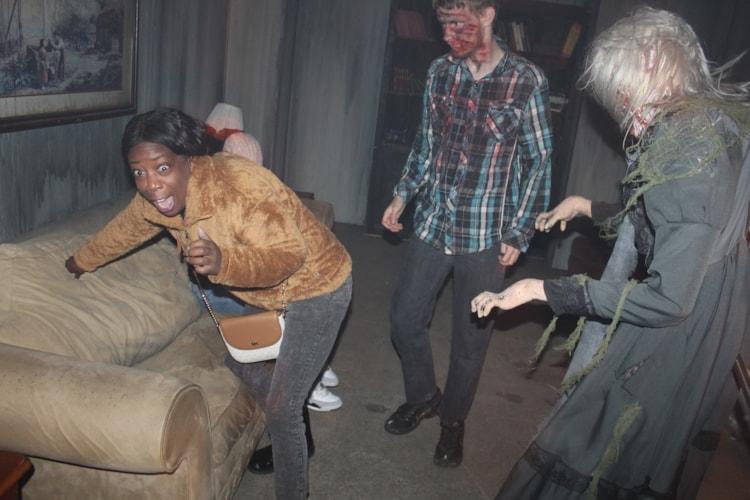
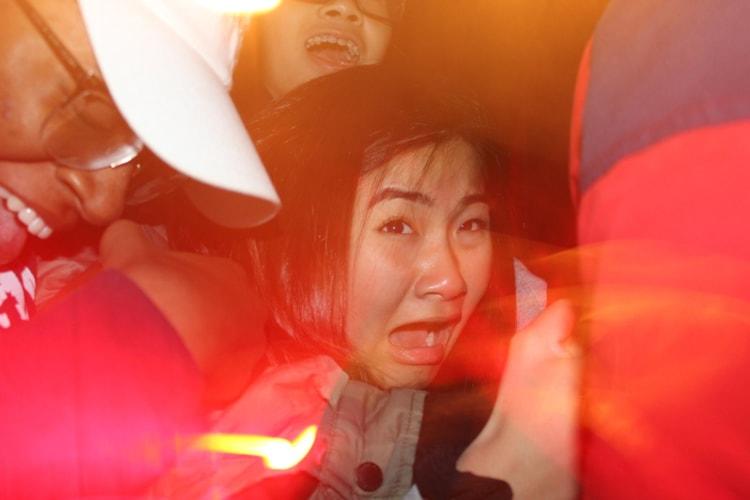
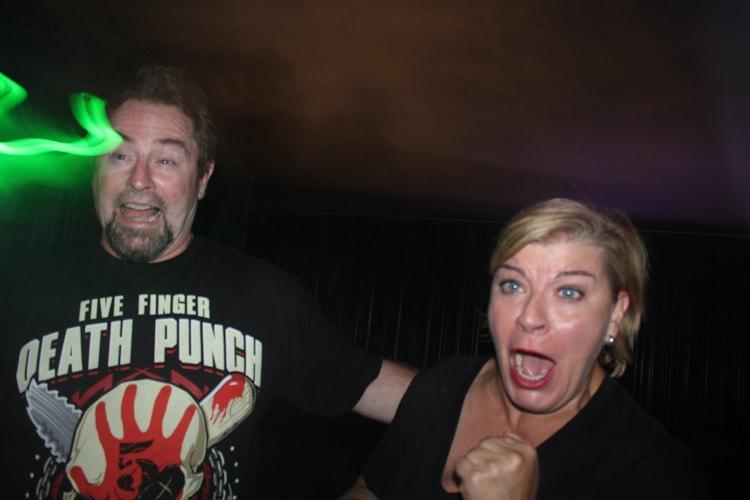
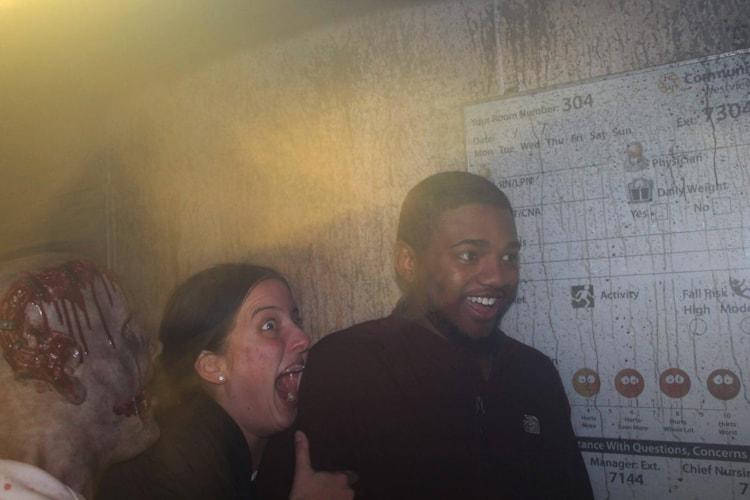
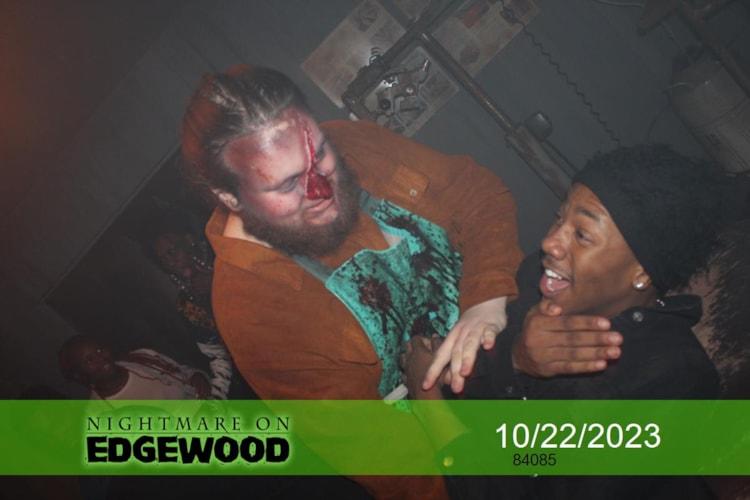
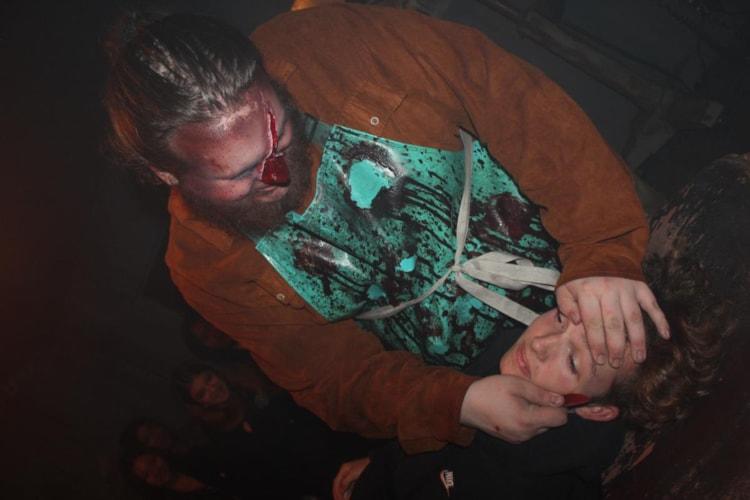
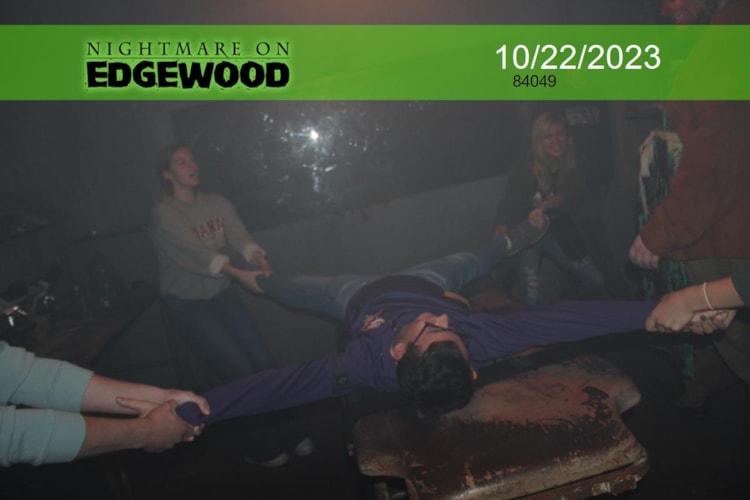
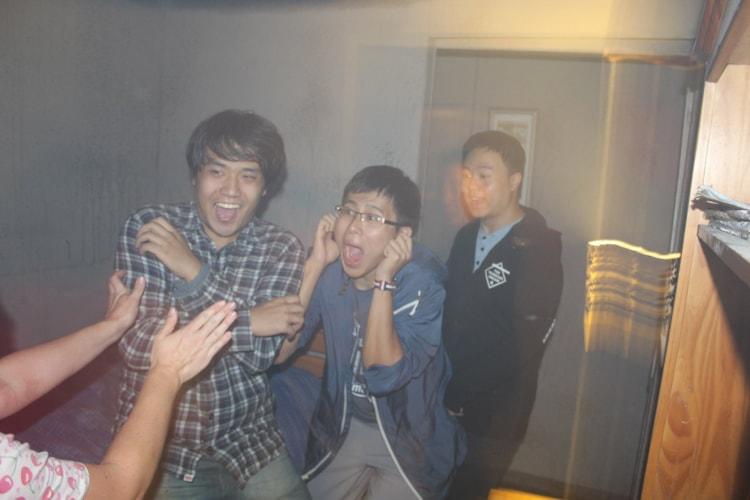
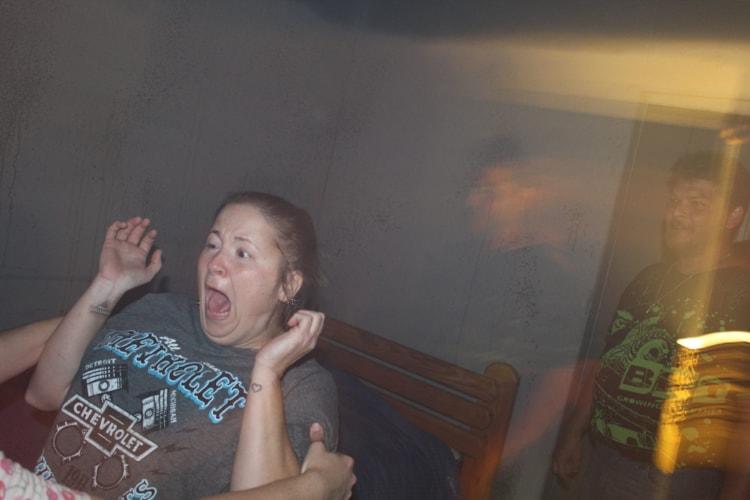

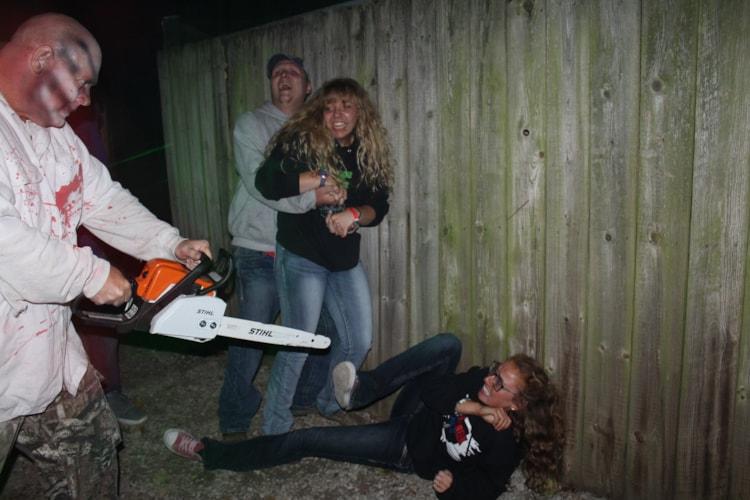
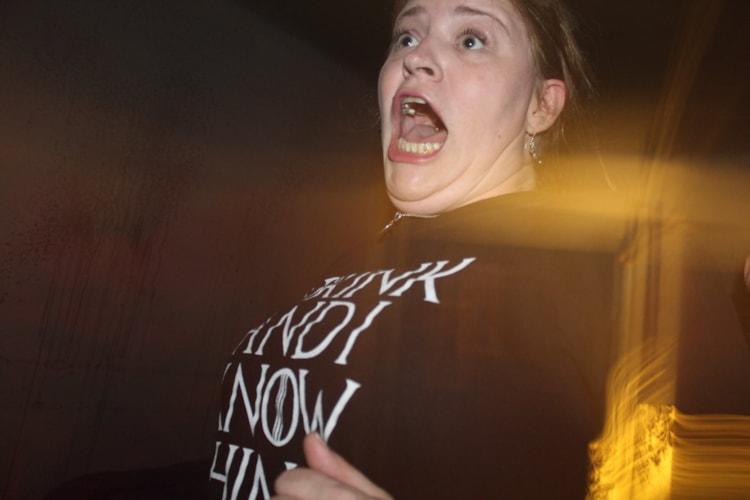
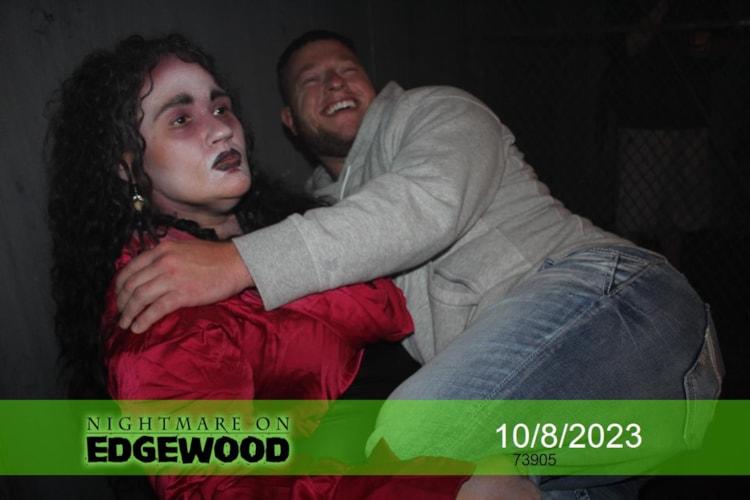
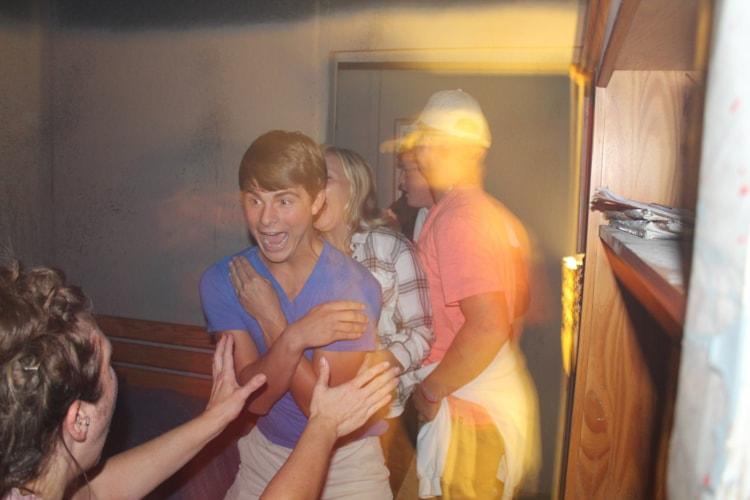

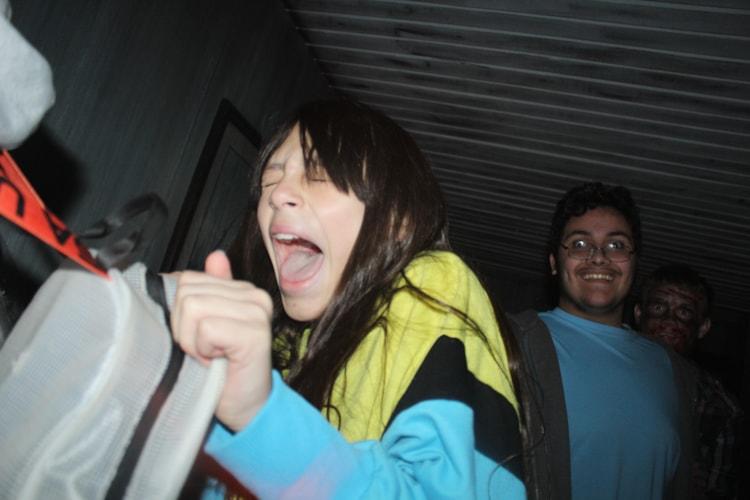
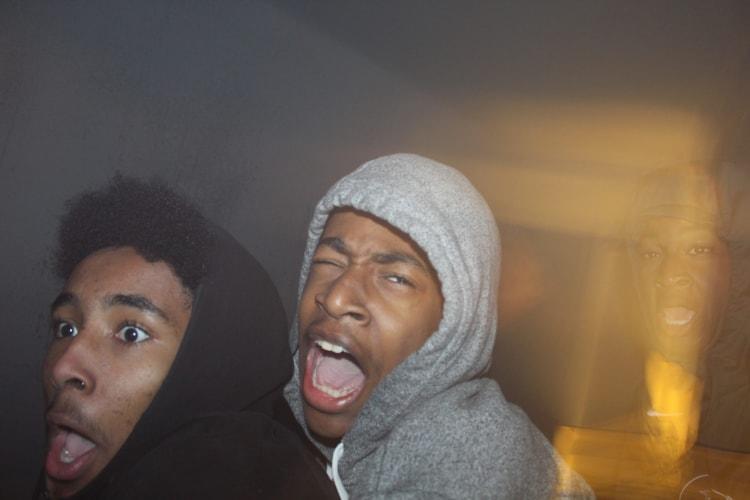
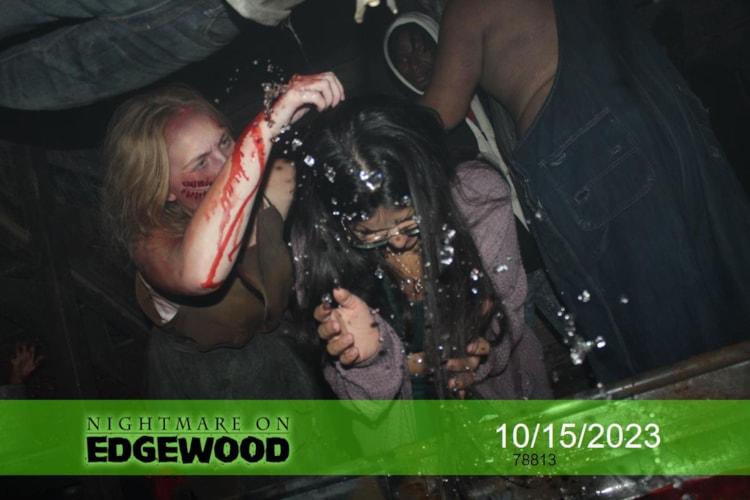
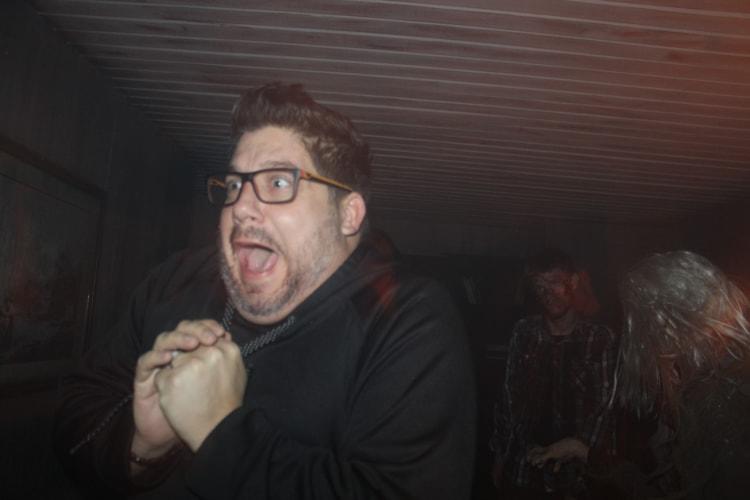
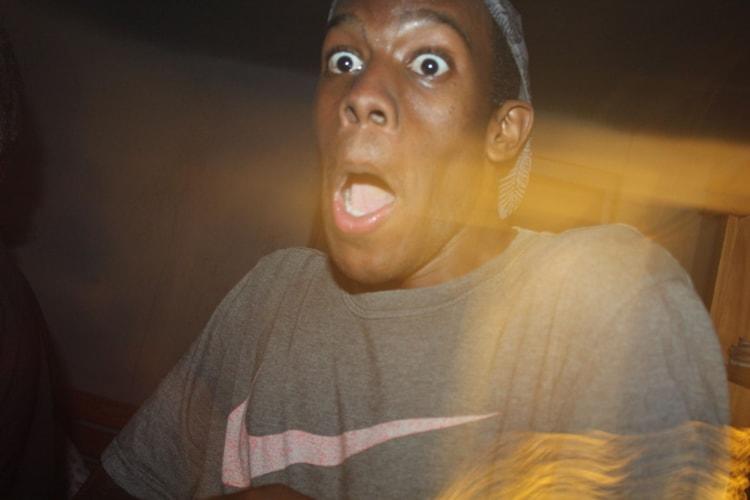
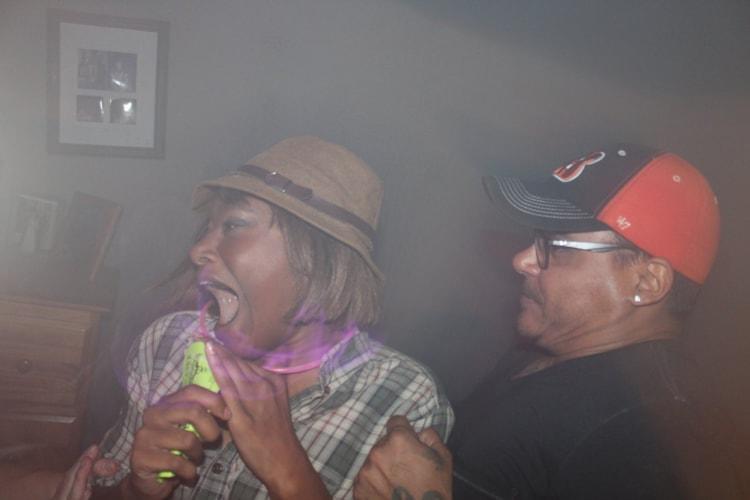

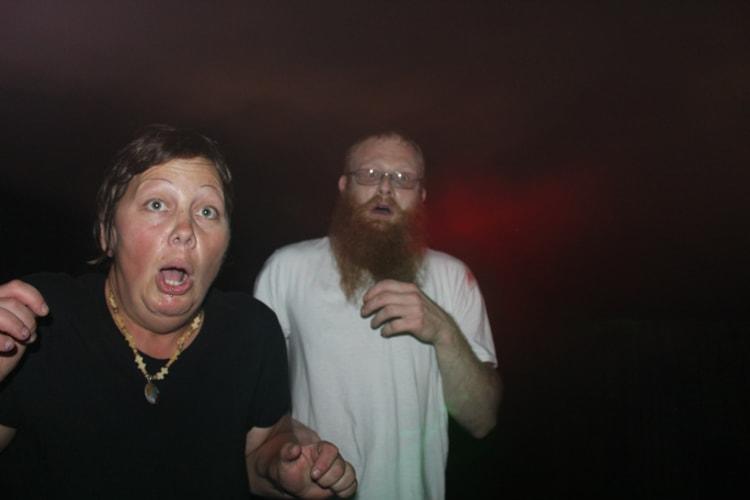


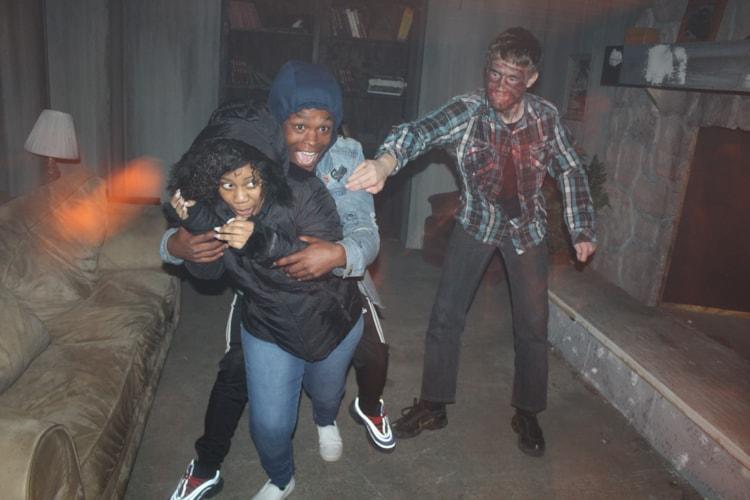

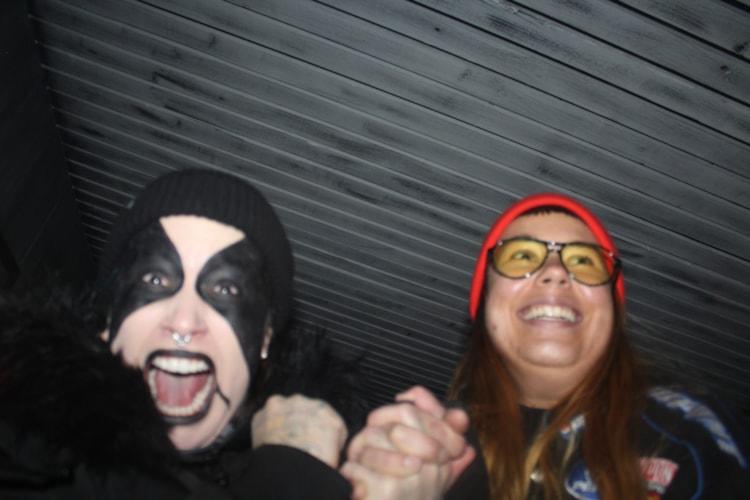

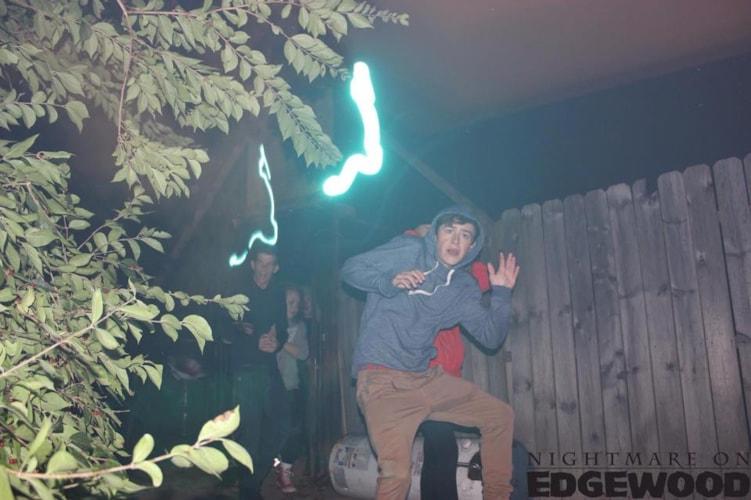
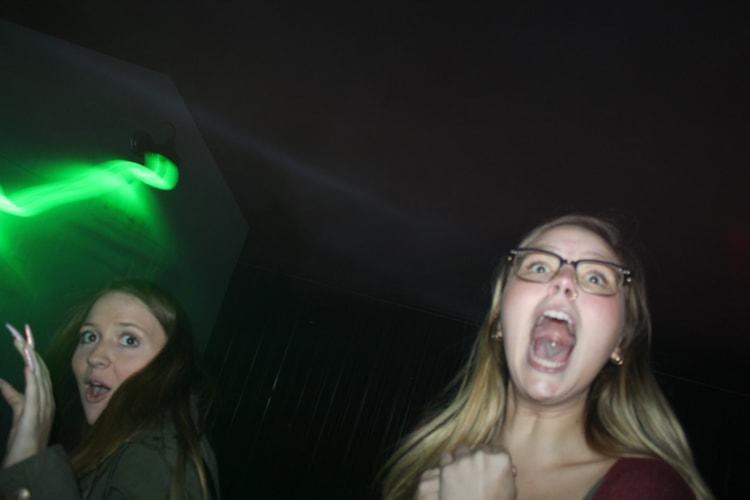

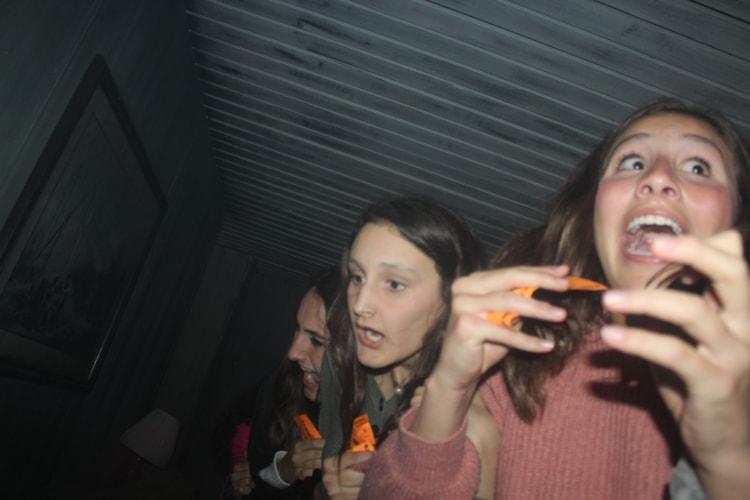
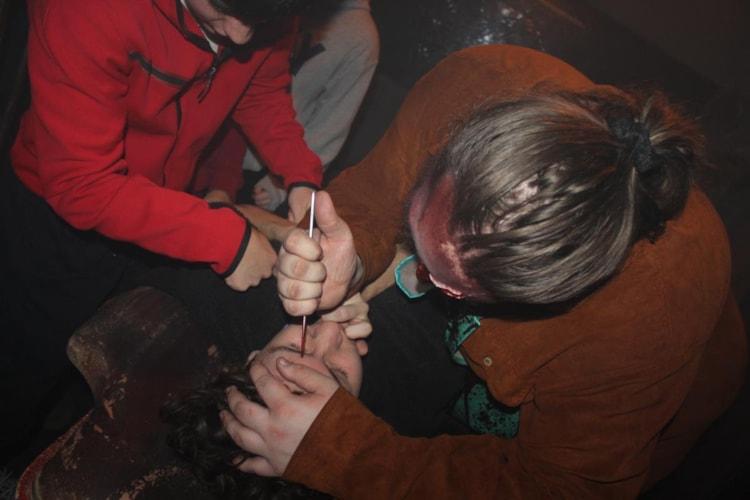
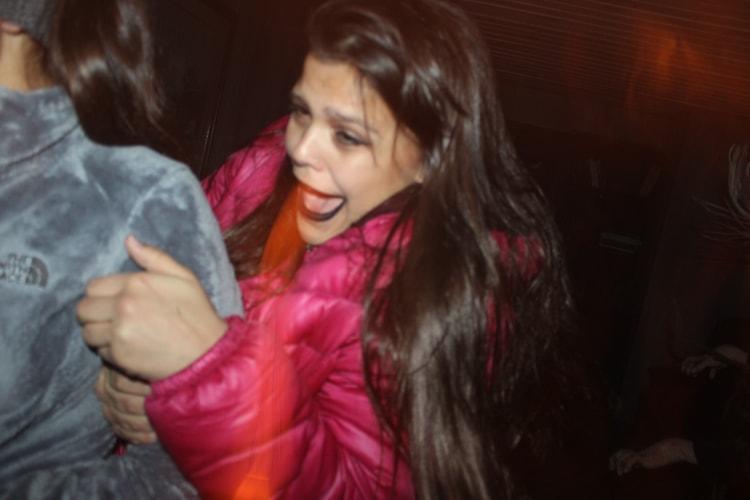

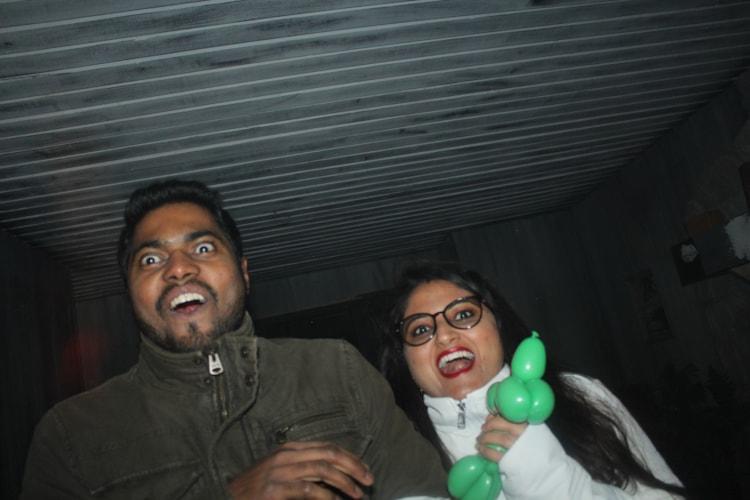
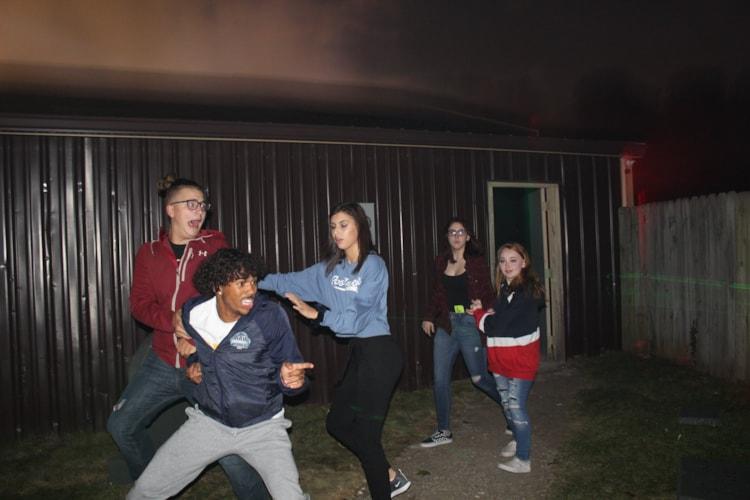
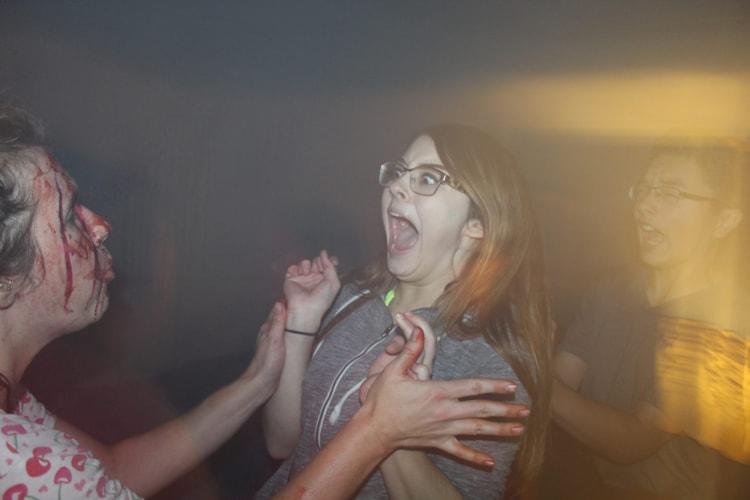

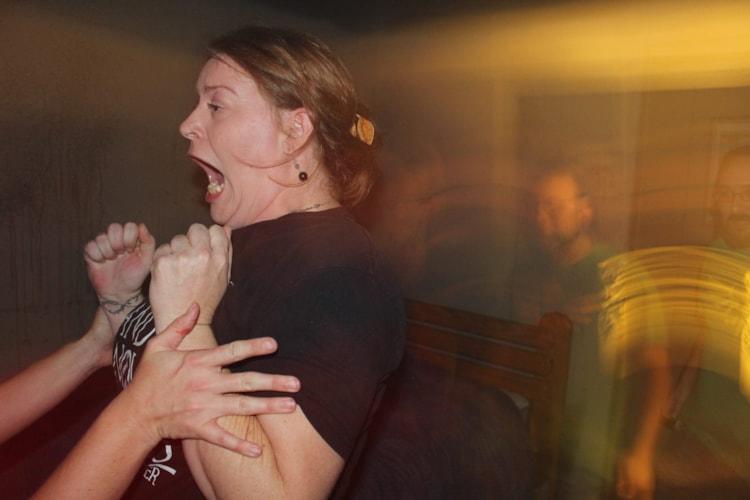
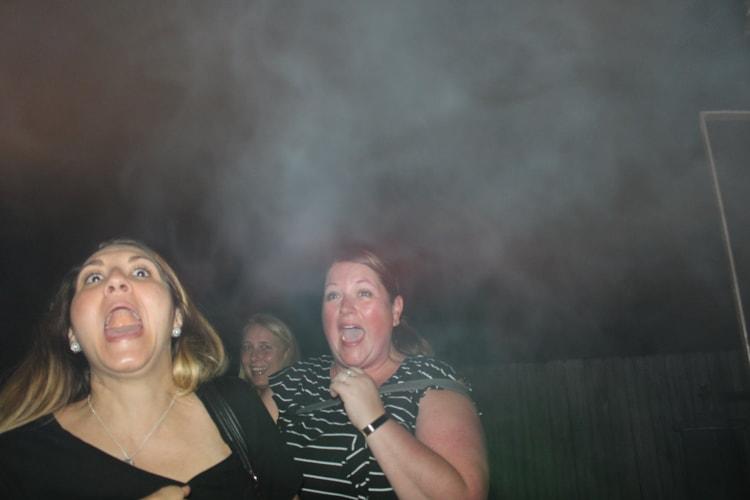

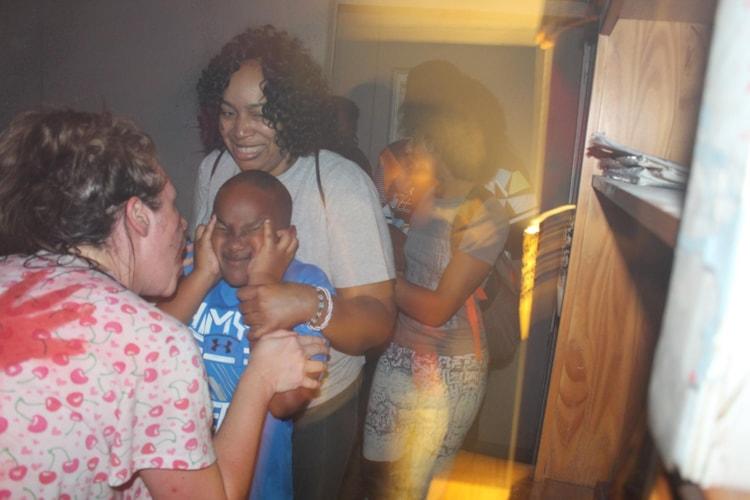
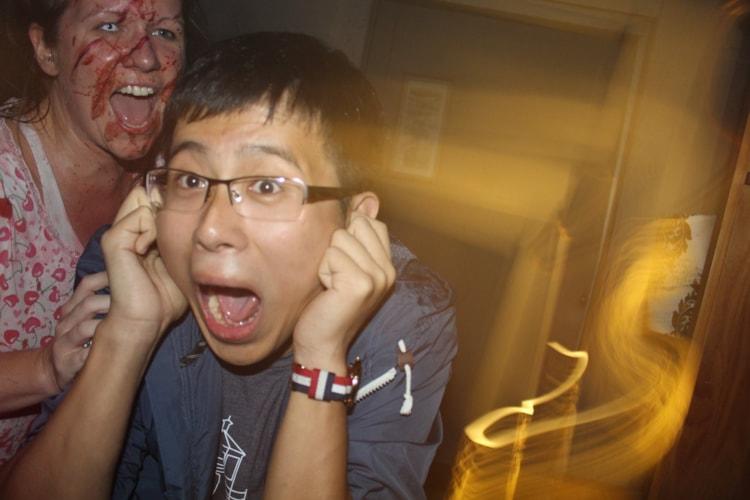
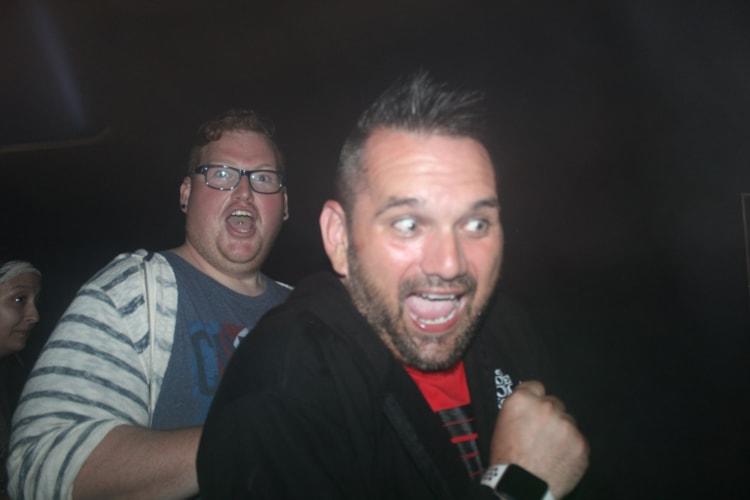
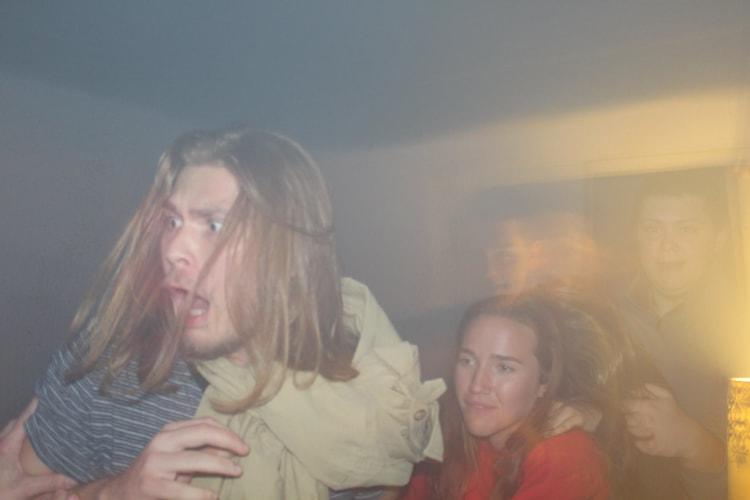
Hardware / Equipment Recommendations
Below is a listing of some of the equipment we've used in the past as well as our recommendations on what you can use in the event that you're building your own setup. If you want to see what's included with our cart package, you can check out the include list here: https://www.scaryfastphotos.com/cart-info
Printers
-
DNP DS-RX1HS Dye Sublimation Printer
- Pros:
- I cannot say enough great things about this printer.
- It prints 4-5 photos per minute.
- It allows you to use 700-photo rolls of 4x6 photos between ink/paper changes.
- The per-photo cost is about $0.15/photo.
- And it's dead reliable.
- Cons:
- It's big and heavy.
- The paper/ink changes can be very finnicky (with practice, you can do it in under 90 seconds, but if you don't get things perfectly aligned, it might take you 10 minutes to get it right).
- Also, printing your very first photo will cost you $900 minimum (but you get 1400 prints for that price).
- Amazon link: https://www.amazon.com/dp/B006V758G2
- Pros:
-
DNP DS820A Dye Sublimation Printer
- Pros:
- It's not as tall as the DS-RX1HS printer.
- The photos look great and have a lot of real estate to show off
- The cost of frames and other materials is effectively the same as for 4x6 photos
- Cons:
- It's pretty big and heavy.
- Paper/ink changes are not as intuitive.
- It does NOT include a tray to catch the photos, meaning you'll likely want to improvise something to catch them to keep them hitting the floor
- The price per photo is much higher (~82-85 cents per print)
- The printing is much slower, 0.75-2 prints per minute
- Amazon Link: https://www.amazon.com/dp/B073CJV4YL
- Pros:
-
Canon SELPHY CP1300 Wireless Photo Printer (newer model is CP1500)
- Pros:
- It's small
- It's cheap
- It's wireless
- It will do the job.
- Paper/ink aren't exorbitant
- Cons:
- It's very slow (1-1.25 prints per minute).
- I still keep a couple of these around just in case, but I'll never voluntarily use one again.
- The paper also needs to be reloaded frequently and has more hoops to jump through.
- Amazon Link: https://www.amazon.com/Canon-SELPHY-CP1500-Compact-Printer/dp/B0BF65S5J5
- Pros:
Cameras
There are way too many models to list here. Pretty much any DSLR will be a viable option. You can theoretically use your phone to take photos, so long as you can get them onto a file system your PC can access (via USB, email, SD card, etc). So long as you can get a JPG image file (if you need a different file type, let us know) onto a windows file location (such as on the PC, network share, external hard drive, etc.), you can use the software.
Some viable DSLR cameras to consider:
- https://www.amazon.com/Canon-Rebel-T7-18-55mm-II/dp/B07C2Z21X5 (this camera we use and love)
- https://www.amazon.com/Panasonic-Compact-20-1200mm-Recording-Stabilizer/dp/B0D8239188
- https://www.amazon.com/Canon-18-55mm-3-5-5-6-Grip-Pod-Professional/dp/B0C7WJ9B5B
Monitors
The web software can be displayed on any display you'd like. We typically have a couple 19-24" monitors we use for individual sales and we'll have a larger TV that we use to display the full photo feed. We have 2 cashier stations, so we utilize 2 laptops, a 50" TV for the full display, and 4 varied 19-24" (2 monitors per station) for us to look at and show the customers the photos up close.
Here are some monitors we're using/have used historically:
- https://www.amazon.com/dp/B07CVL2D2S
- https://www.amazon.com/dp/B0773ZY26F
- https://www.amazon.com/dp/B0B17KHCQN
- https://www.amazon.com/dp/B0CRH7YY7G
- https://www.amazon.com/dp/B0BCMND272
- https://www.amazon.com/dp/B09JHSVTSD
Power Supplies / Battery Backups
We recommend using some sort of battery backup as part of your setup. In the event of power loss, you don't want your printer to quit printing in the middle of a job. They're fairly cost effective and have helped us multiple times in the past.
Some examples we've used:
PCs / Desktops / Laptops
You can use pretty much any PC running Windows 7/8 or beyond to utilize this software. We'd certainly recommend at least having Windows 10, but the software isn't picky. The vast majority of the heavy lifting is happening on our servers, so you only need to have a PC capable of doing standard processing. The machines we give to photographers to use for uploading are laptops that are refurbished with moderate specs and purchased for $100-$300. You don't need anything extravagant to run this software.
Minimums you want to consider are 4GB of RAM, any AMD/Intel processor made in the past 10 years, and a hard drive with at least 200GB of free space for data storage. And Wi-Fi or a hardwired internet connection. I'd recommend having at least one HDMI output for best effectiveness, but it depends on whether you're displaying this to your customers or just using it for uploads. You don't need the HDMI output for a PC just doing the uploads. You can definitely go for more than what's listed, but you'll probably be fine so long as you meet those specs.
Some example machines that will work (just a quick search to pick some cheap examples):
- https://www.amazon.com/dp/B0DFB7RLGB
- https://www.amazon.com/dp/B0CGD9F533
- https://www.amazon.com/A315-24P-R7VH-Display-Quad-Core-Processor-Graphics/dp/B0BS4BP8FB (with an external hard drive)
- https://www.amazon.com/HP-Micro-edge-Microsoft-14-dq0040nr-Snowflake/dp/B0947BJ67M (with an external hard drive)
You can install this software on as many machines as you need in order to operate, so using cheap machines makes life a bit easier by not needing to run everything off a single machine.
Summary
There are infinite ways to go with your setup, but if I were to create a setup for a new haunted house, here's where I'd start:
- Photographer Setup
- Basic or decent laptop, 500GB hard drive, 8GB RAM, Windows 10/11, Intel i3/i5 processor
- Cashier Setup
- Decent laptop with HDMI output. Because of multiple screens, and the need to process quickly, I'd go more the $400-$500 machine vs $100-$200 variant. Alternatively, go with a higher end micro PC and add an additional monitor (for cart/photo processing).
- 2 same-sized monitors connected to a HDMI repeater
- HDMI repeater/splitter (allows you to see the exact same screen as the customer but only use one HDMI output cable directly connected to the machine)
- Main Display
- Very basic PC
- 40+ inch wall-mounted TV, connected to the PC via HDMI
